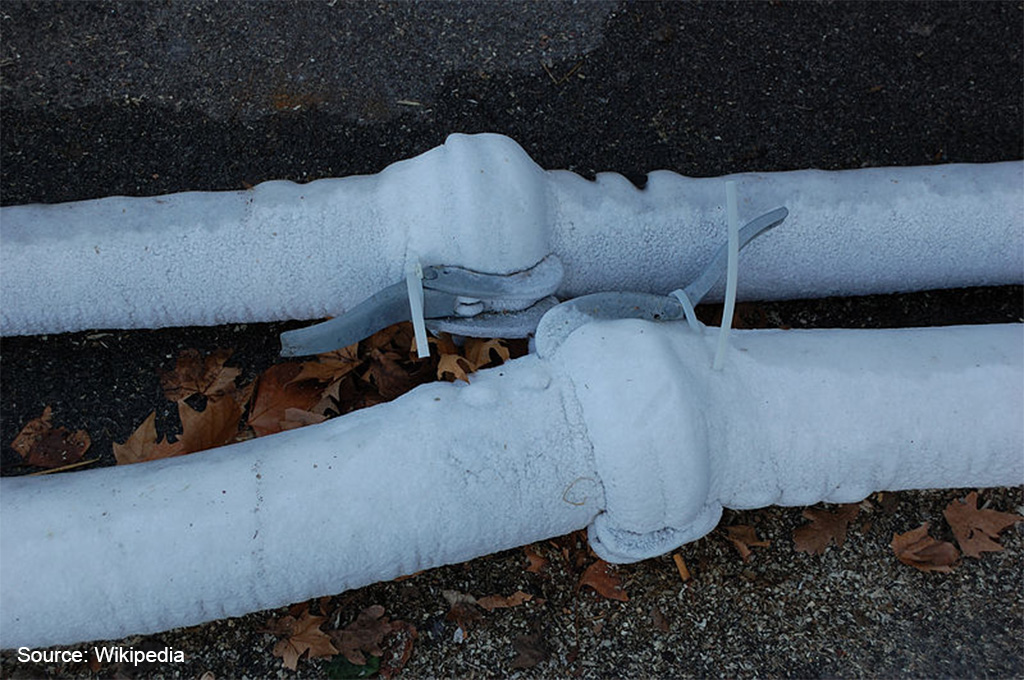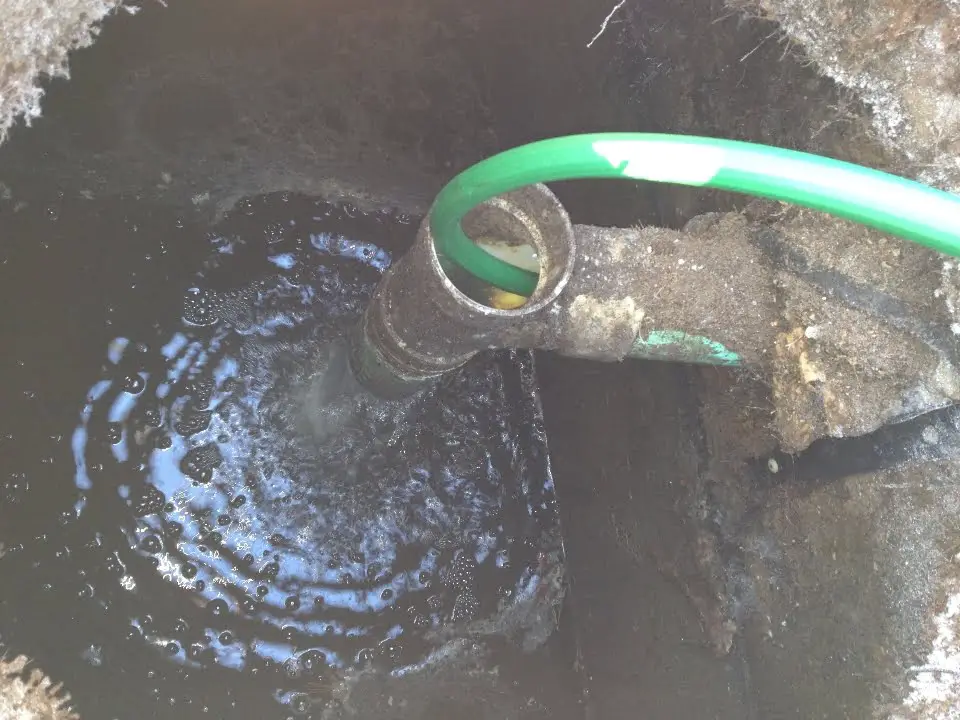To thaw a frozen septic line, using a heat source such as a hairdryer or heat tape can safely and effectively melt the ice blockage. Once the line is thawed, running hot water and adding a septic treatment can help prevent future freezing issues.
Thawing a frozen septic line is essential to prevent backups and costly repairs. Here are a few methods to safely thaw a frozen septic line and prevent further damage.
Understanding The Causes And Symptoms Of A Frozen Septic Line
The frozen septic line is a common problem that many homeowners face during the winter months. Understanding the causes and symptoms of a frozen septic line is crucial in preventing this issue and ensuring the proper functioning of your septic system.
| Causes of a Frozen Septic Line | Signs and Symptoms of a Frozen Septic Line |
|---|---|
| – Cold weather and freezing temperatures | – Slow draining toilets, sinks, and drains |
| – Insufficient insulation of septic lines | – Gurgling or bubbling sounds in pipes |
| – Poor septic system design or installation | – Foul odors coming from drains or toilets |
| – Lack of maintenance and proper care | – Sewage backup or overflow |
A frozen septic line can result in costly repairs and disrupt the normal functioning of your septic system. It is important to address the issue promptly to avoid further damage. If you suspect a frozen septic line, contact a professional septic service provider who can thaw the line and provide guidance on preventing future occurrences.
Thawing Methods For A Frozen Septic Line
Thawing a frozen septic line can be a daunting task, but with the right methods and precautions, you can get your plumbing system back up and running smoothly. One method is using hot water to melt the ice. Safely pour hot water into the septic line, starting with a small amount and gradually increasing the volume. Another method is applying heat to the problematic area. Use heat sources such as heat lamps or space heaters, making sure to keep them a safe distance away from flammable materials. Natural methods can also be effective, especially in warmer weather conditions. Take advantage of warmer temperatures to thaw the septic line naturally.
Preventing Future Freezing Of The Septic Line
Frozen septic lines can be a major hassle, but there are steps you can take to prevent future freezing. One effective method is to insulate the septic line. Choosing the right insulation materials is crucial. Look for insulation that is suitable for underground use and can withstand freezing temperatures. Once you have the right materials, focus on the wrapping techniques. Make sure the insulation is tightly wrapped around the septic line, covering all exposed areas. Pay extra attention to areas where the line is close to the surface. In addition to insulation, maintaining proper septic system habits is essential. Avoid pouring grease and other materials that can clog the line. And don’t forget about regular maintenance and pumping schedules. This will help keep the septic line in good condition and prevent freezing. Finally, consider conserving water usage during cold weather. The less water that goes down the drain, the less chance of freezing. So remember, insulation, maintenance, and water conservation are key in preventing future freezing of the septic line.

Credit: emasterfinder.com
Frequently Asked Questions On How To Thaw Frozen Septic Line
How Do You Thaw A Frozen Drain Pipe Underground?
Thawing a frozen underground drain pipe can be done by using hot water or a heat source such as a hairdryer or heat tape. Be sure to locate the frozen section of the pipe and apply the heat carefully until the ice melts.
Always exercise caution and consider hiring a professional if needed.
How Long Does It Take To Thaw Sewer Line?
It typically takes around 4-6 hours to thaw a sewer line. Professional plumbers use various methods such as steam or hot water jetting to safely and effectively thaw the frozen line. It’s important to address the issue promptly to prevent further damage and ensure proper drainage.
What Happens If Sewer Line Freezes?
A frozen sewer line can cause blockages and backups, leading to plumbing issues and potential damage to your home. It is important to address the problem promptly to prevent further complications.
Will An Uncovered Septic Tank Freeze?
Yes, an uncovered septic tank can freeze in cold temperatures.
Conclusion
Thawing a frozen septic line can be a challenging task, but with the right approach, it can be done effectively. By using methods such as hot water, heat tape, and professional assistance, you can safely restore the flow in your septic system.
Remember to take precautions and avoid using harsh chemicals that may damage the pipes. With proper maintenance and proactive measures, you can prevent future freezing and ensure the smooth operation of your septic system.
